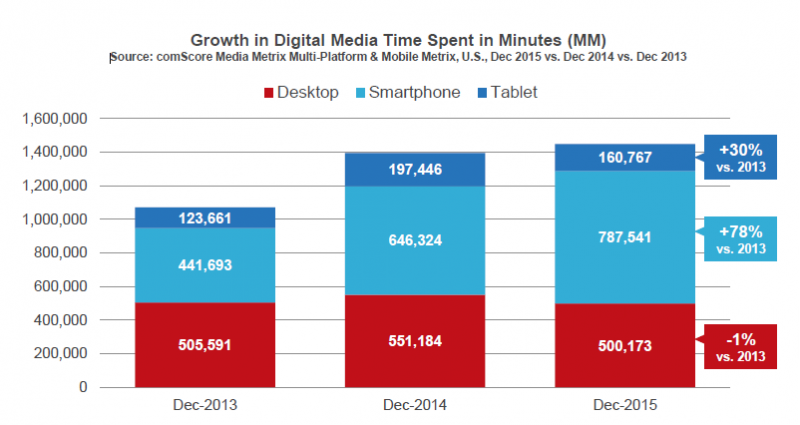B2C Tech
How Google’s Big AMP Update Will Affect Marketers and Publishers
It’s copycat week on the internet. After Instagram copied Snapchat’s key feature on Tuesday, Google pulled a Facebook and introduced a feature that will increasingly keep content within its closed walls. This is huge news.
Yesterday, Google announced that it’s expanding its Accelerated Mobile Pages (AMP) project to all mobile search results. It’s pretty much Facebook’s Instant Articles—the stripped-down articles pages that live on Facebook—but for mobile search. When users search for a story, the link will load within Google instead of directing you to the external site if there is an AMP version available.
AMP was initially released back in February, and have been used almost exclusively by publishers. You may have noticed AMP articles when searching for an article on Google on mobile: a specialized carousel was used to promote them, which you can see below. The big news is that now, AMP versions of articles will always take precedent in mobile search results over links to a publisher’s site.

As mobile becomes the dominant way that people consume content, AMP is Google’s initiative to speed up the mobile web by allowing links from search results to load directly on Google’s platform. AMP-supported pages will load extremely quickly (median load times are under one second) and consume 10 times less data than normal web pages, according to Digiday.

Although no date has been set, Google announced that AMP would expand beyond articles to support more content types such as “e-commerce, entertainment, travel, recipe sites and so on.” It is expected to roll out in the fall. You can check out a preview of AMP here (it only works on mobile).
This is potentially great news for mobile web users, who will experience faster load times, less obnoxious ads, and less data drain. But for publishers, it’s déjà vu all over again. As with the introduction of Facebook Instant Articles, they’re losing control of their audience to a tech giant.

Google said that adoption of AMP will not mean preferential treatment in Google’s search results. However, the carousel will inherently give AMP a very prominent placement in mobile search results (Digiday has an excellent breakdown). But the search algorithm does take into account mobile friendliness and load speed, and AMP is both mobile-friendly and lightning fast. The incentive is pretty clear: Use AMP, or risk falling behind.
For marketers, adopting AMP is a no-brainer. It’ll likely provide a boost on intent-based searches, providing a lot of the same benefits as Facebook Instant Articles.
However, it might come with some headaches. As The Verge points out, developing an AMP-supported page is potentially significant extra work for developers:
Website developers now may need to create several versions of a webpage to accommodate the different ways that people visit it: a responsive HTML page for mobile and desktop, a second version for Facebook’s Instant Articles, and a third version for Google AMP.
Regardless, when the likes of Facebook and Google make a move like this, it’s pretty difficult to resist. Websites may be able to hold off creating AMP-supported content, but eventually they’ll likely feel the impact of losing territory in search results to Google. The search engine still drives over a third of all traffic to publisher sites, second only to Facebook, per Parse.ly data.
One thing is certain: The Leviathans of the internet are about to tighten their grip.
Get better at your job right now.
Read our monthly newsletter to master content marketing. It’s made for marketers, creators, and everyone in between.




